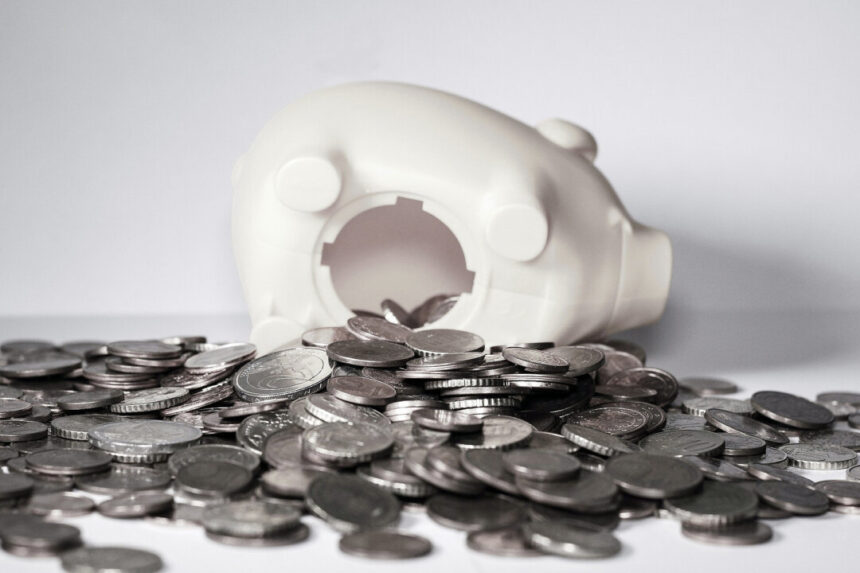Commentary

Friedman argued that the decline in the money stock led to a corresponding drop in economic growth. Industrial production decreased by over 31 percent year-over-year by July 1932, and the Consumer Price Index (CPI) fell by 10.7 percent by October 1932. (source)
Money’s role as a medium of exchange facilitates the flow of goods and services in the market. In a free market, there is no concept of “too little” or “too much” money as long as market forces are allowed to operate freely.
Rothbard’s view is that the decline in the real savings pool, caused by loose monetary policies of the Fed, was the root cause of the economic depression in the 1930s. Historical data shows that the Fed pursued an easy monetary policy to revive the economy. (source)
The massive increase in the Fed’s holdings of U.S. government securities and the decline in the three-month Treasury bill rate are indicators of loose monetary policy during that period. The Fed’s actions led to a shrinking pool of real savings, rather than a lack of effort to inject money into the system.

From a decrease of -0.4 percent in February 1924, the annual growth rate surged to 9.8 percent by February 1925 due to substantial monetary pumping, which essentially exchanged nothing for something.
This influx of money led to a shift of real savings from productive wealth-generating activities to nonproductive ventures spawned by loose monetary policies, depleting the pool of savings in the process.
When the pool of real savings is expanding and banks are eager to extend credit, nonproductive activities thrive. However, once the pace of wealth consumption surpasses wealth production, the flow of real savings is disrupted, leading to a decline in the pool.
This decline triggers a downturn in economic activities, accumulation of bad loans by banks, and a subsequent reduction in the money supply. The pool of real savings is crucial for economic growth as it sustains individuals engaged in various production stages.
Bank loans, which grew by 2.7 percent in January 1930, plummeted by a staggering 29.0 percent by March 1933, as depicted in the accompanying chart.
In situations where loaned money is supported by savings, the repayment process involves returning the sum plus interest to the original lender. However, when credit is created out of thin air, the repayment results in a withdrawal of money from the economy, leading to a decline in the money stock.
Economic depressions stem from a dwindling pool of real savings caused by prior monetary expansion rather than a decrease in the money supply. Even if the central bank manages to maintain the money stock, a declining pool of real savings can still trigger an economic downturn.
It is a misconception that monetary pumping can avert economic depressions by boosting aggregate demand. Without a growing pool of real savings to support infrastructure development, it is impossible to expand the supply of goods and services.
In conclusion, economic depressions are not primarily caused by a sharp decline in the money supply but by a diminished pool of real savings resulting from loose monetary policies. Implementing a more stringent monetary approach can halt the depletion of real savings and pave the way for economic recovery.
(Note: The opinions expressed in this article are those of the author and do not necessarily reflect the views of The Epoch Times.) Please rewrite the sentence for me.
Source link





